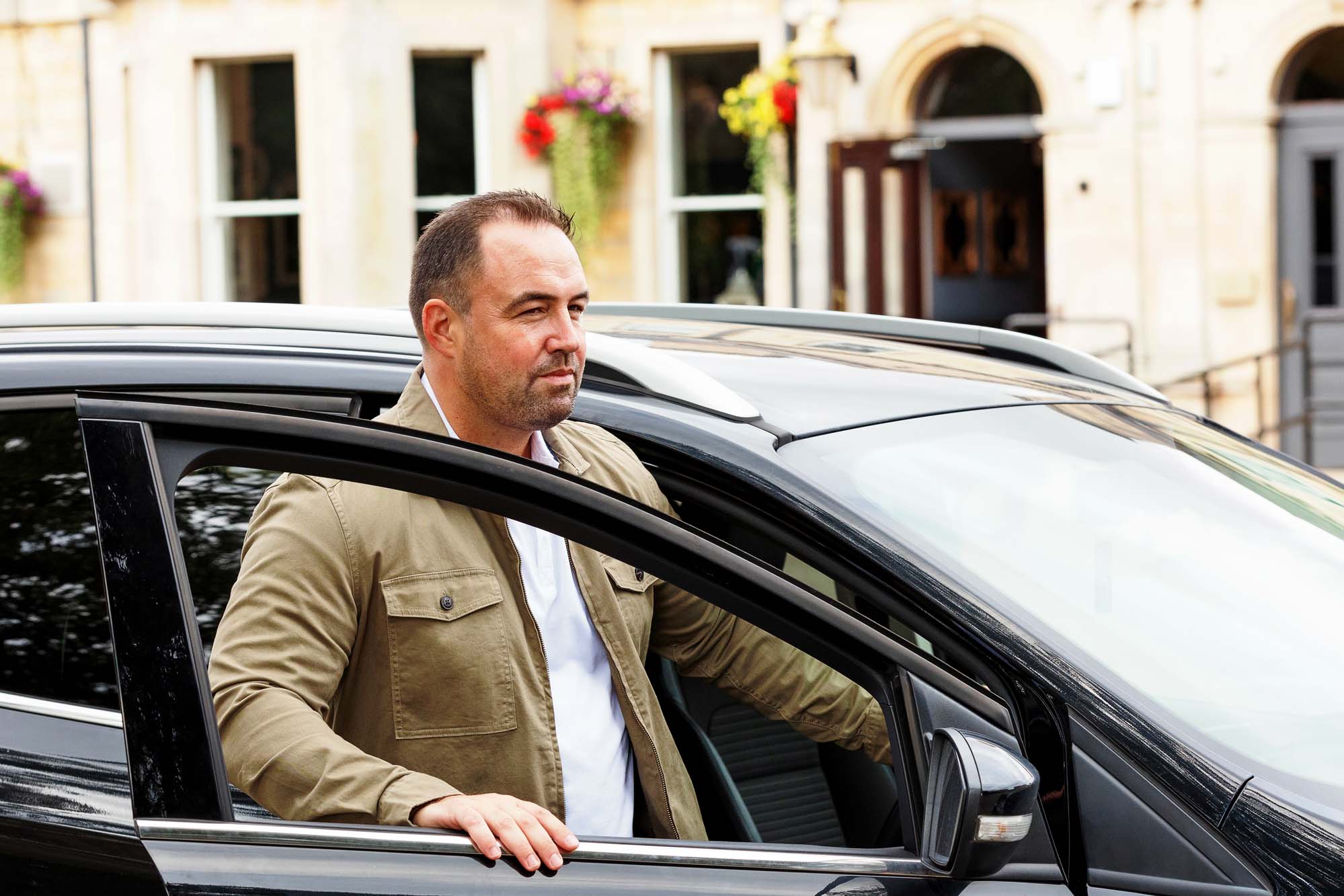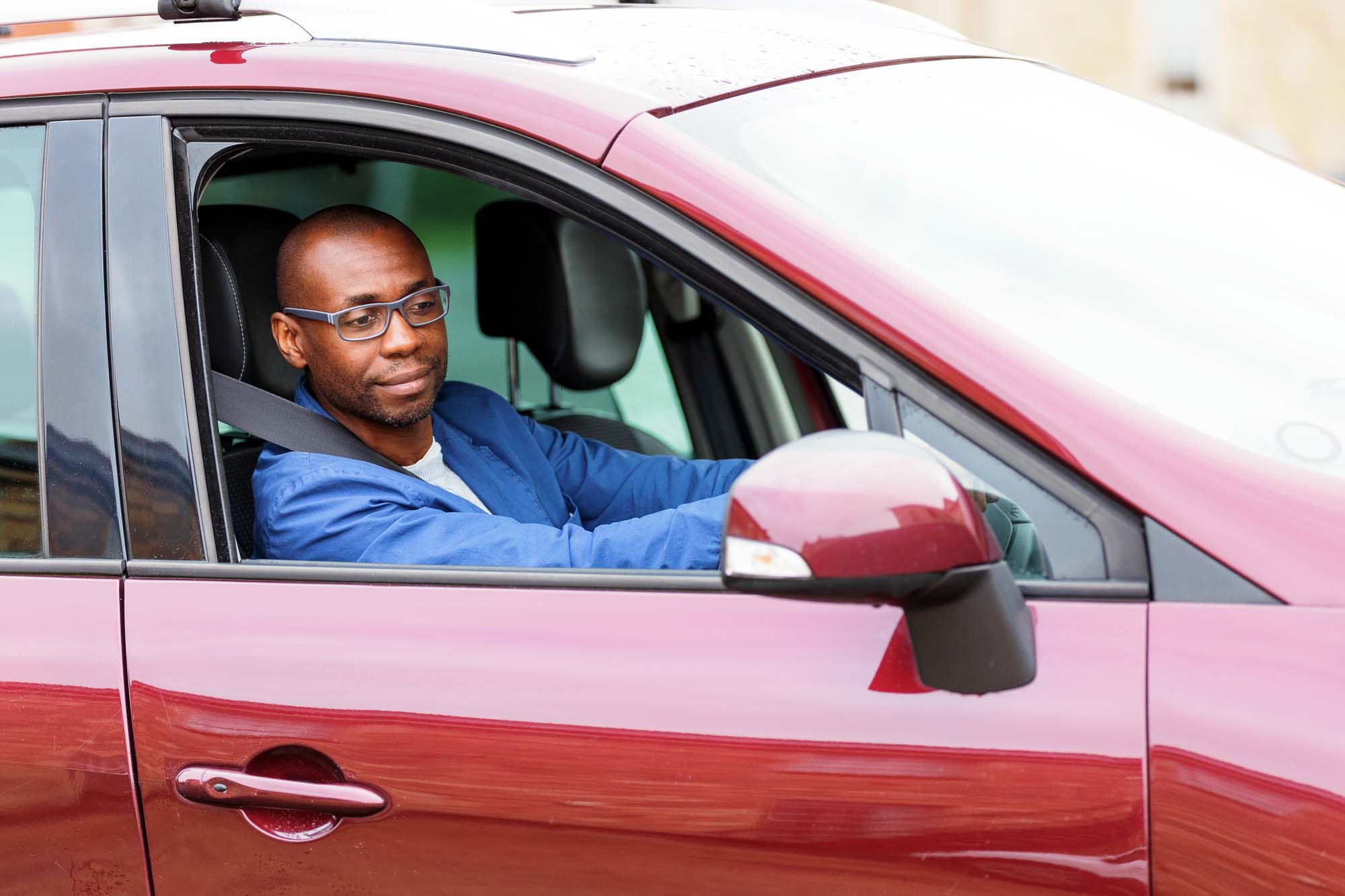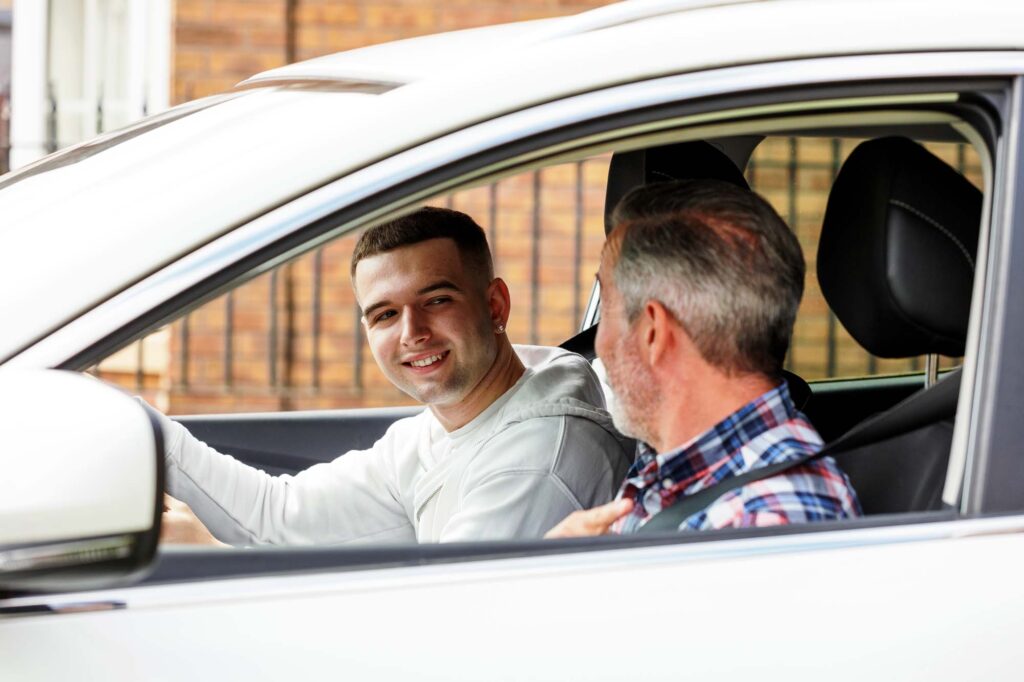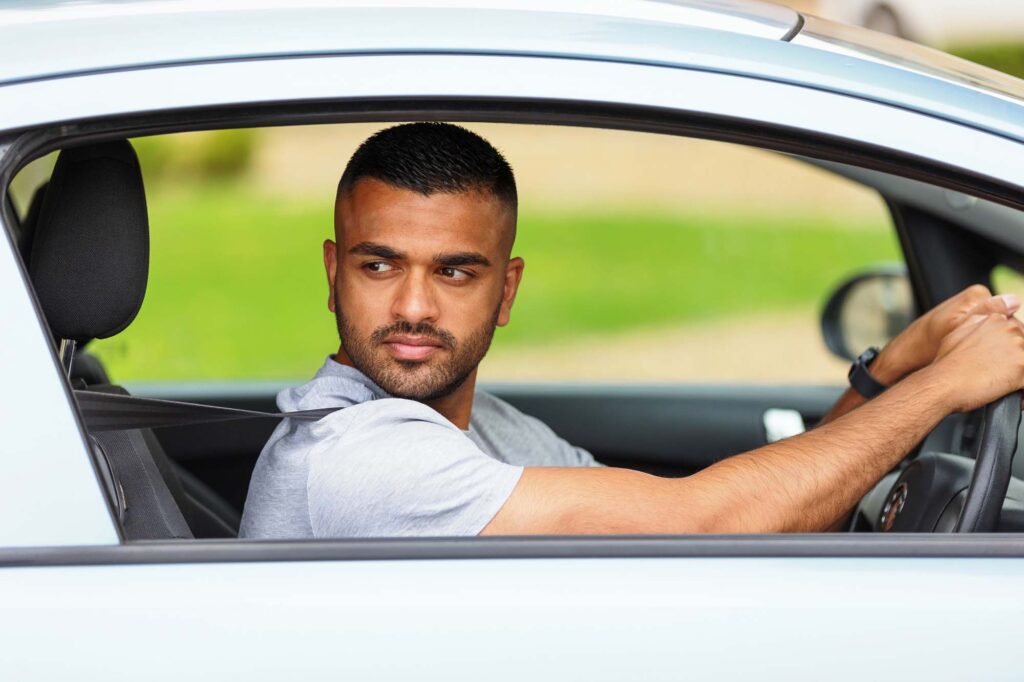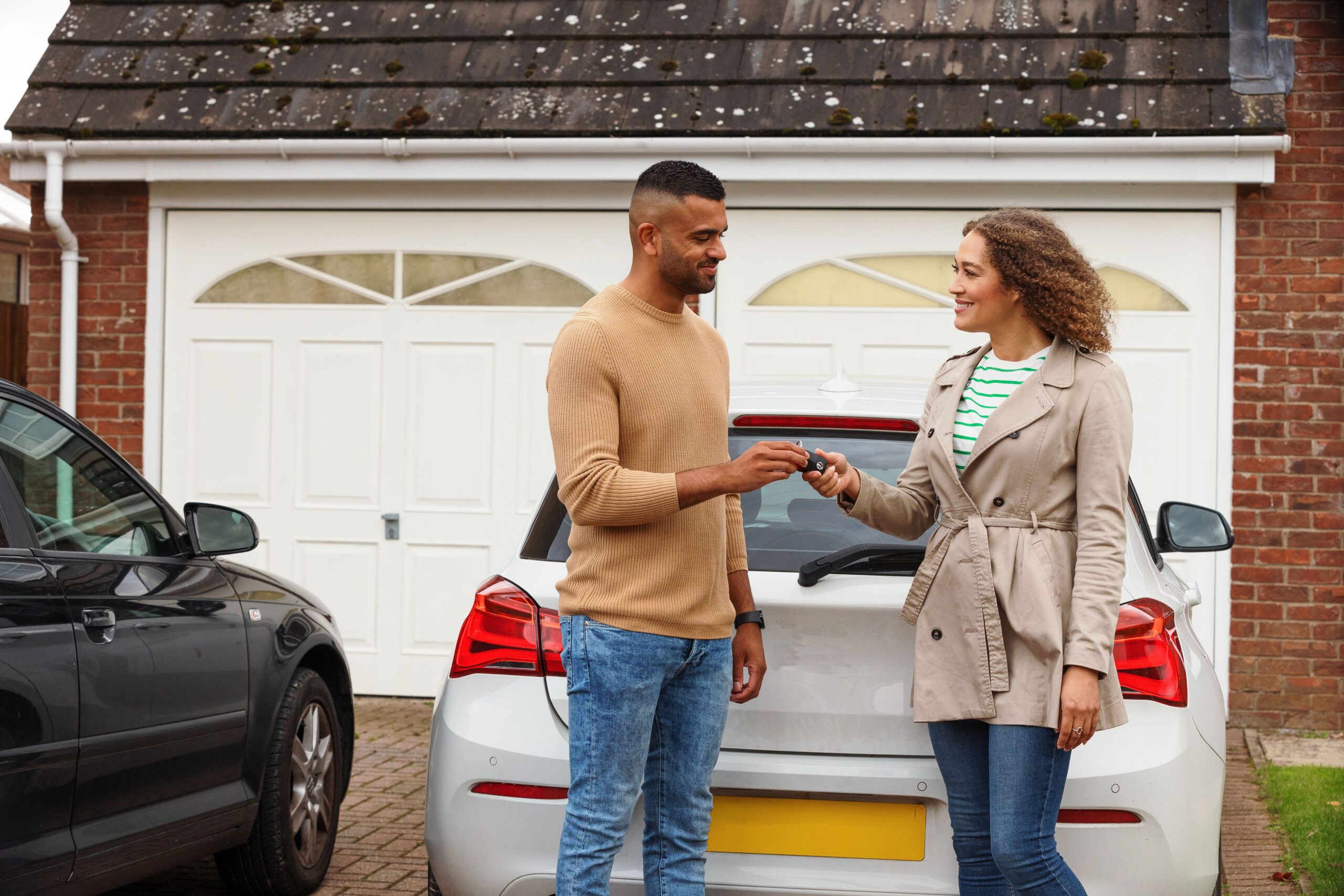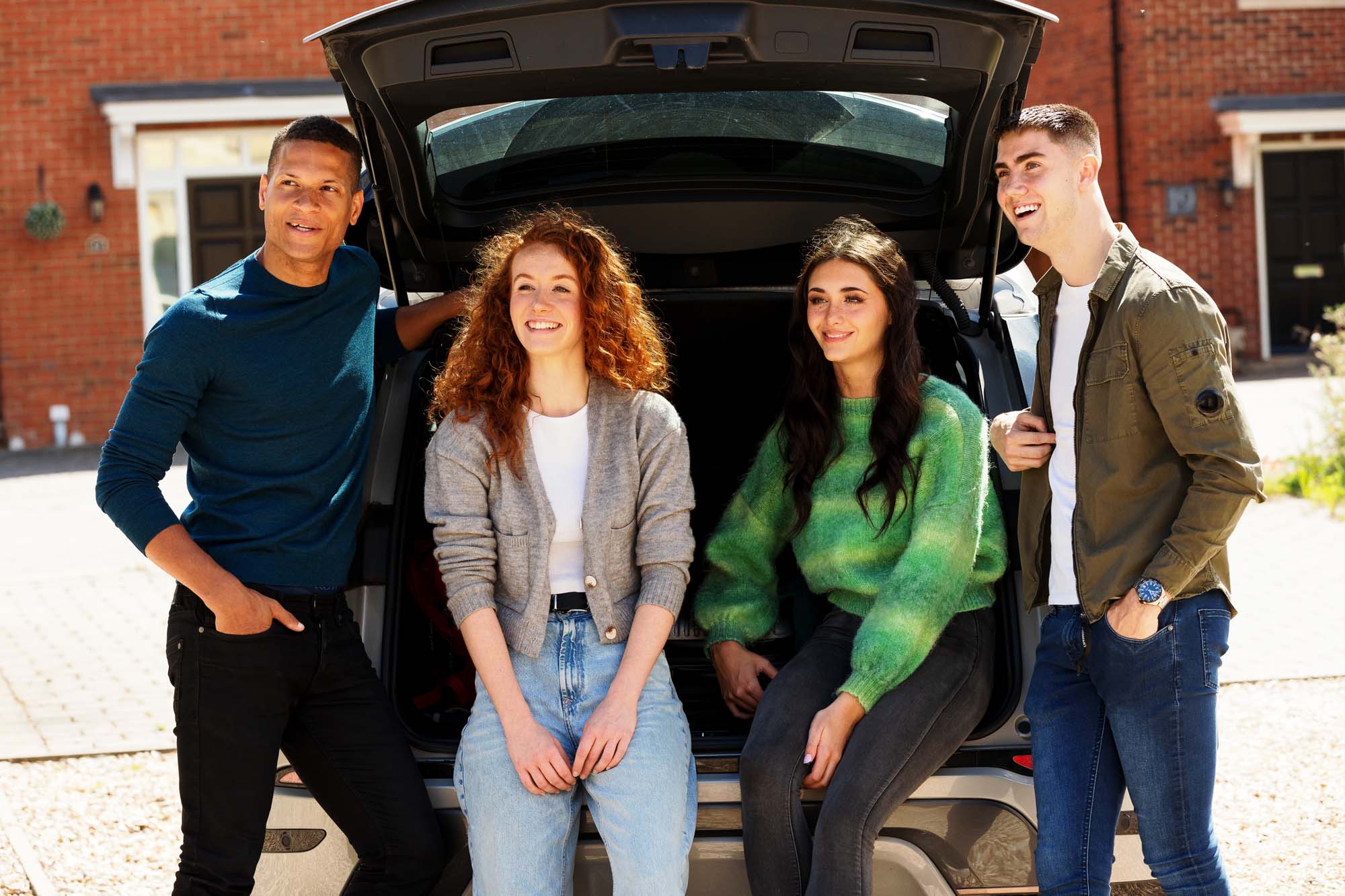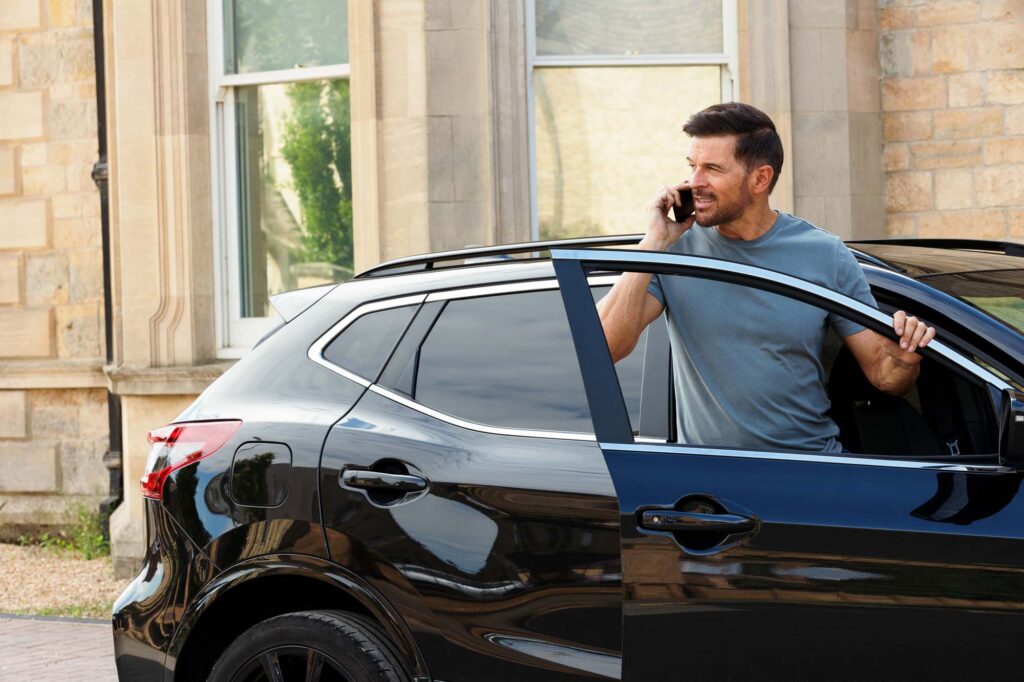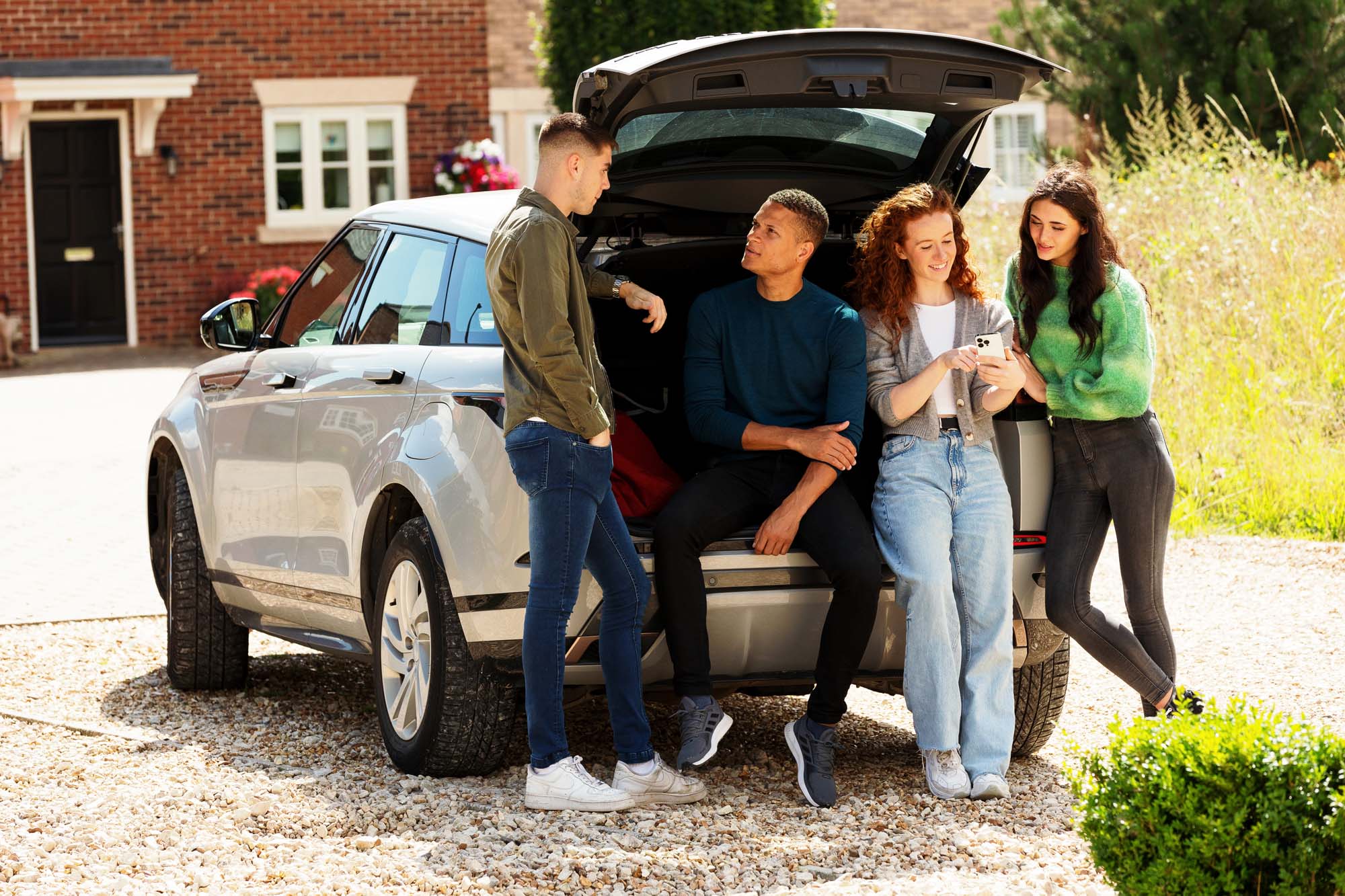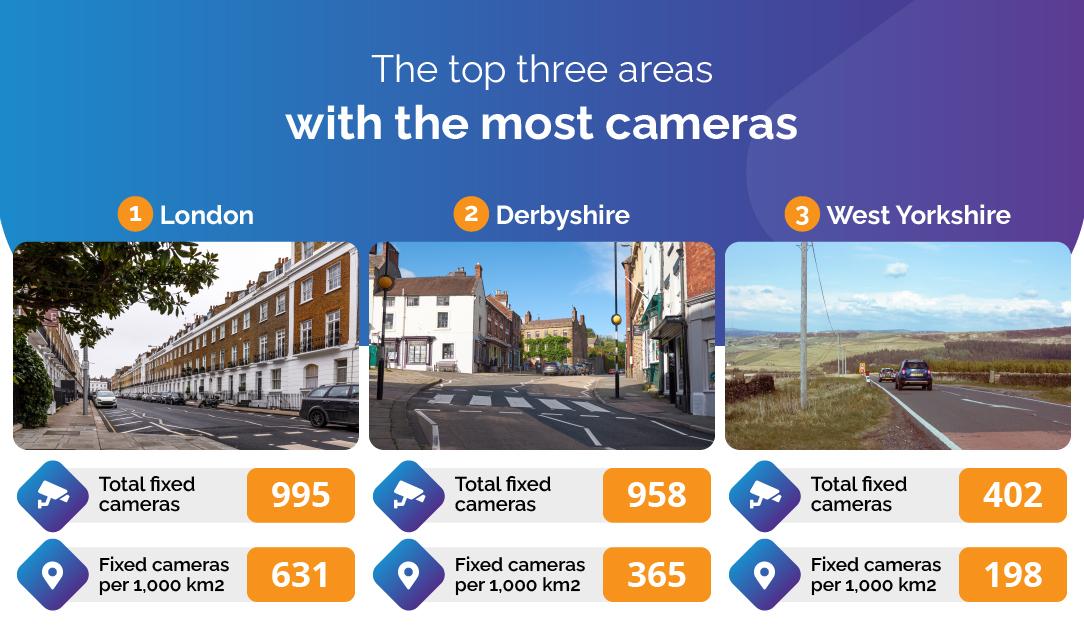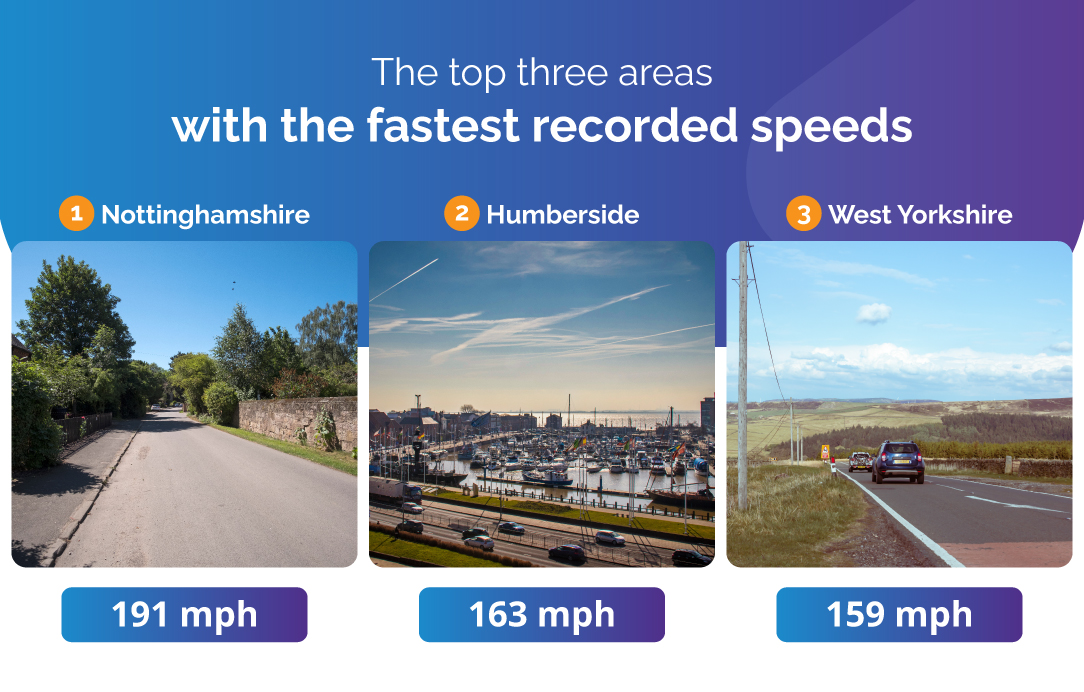How Long Do Points Stay On Your Licence?
Comments Off on How Long Do Points Stay On Your Licence?Every driving offence carries a penalty, be it driving fines or points on your licence. Accumulating too many can lead to a ban, so it’s essential to understand how long points stay on your licence and how they could affect your driving future.
Here’s everything you need to know, including how long penalty points last, how to check your record, and how they might impact your insurance.
Why Would You Receive Penalty Points?
There are plenty of driving offences that can land you with penalty points. Some of the most common include:
- Speeding
- Drink-driving
- Failing to stop after an accident
- Driving a defective or unsafe vehicle
- Careless or dangerous driving

Each offence has its own penalty; you can typically expect between 3 and 11 points, depending on the severity of the offence.
How Long Do Points Stay on Your Licence?
Points usually stay on your licence for 3 years, but they remain on your driving record for 4 to 11 years, depending on the offence. Points on your record will be taken into account by courts and insurers, even though they aren’t still on your licence. Once added, they can’t be removed early.
For example:
- Speeding, using a mobile phone, or driving while disqualified: Up to 6 points, lasting 4 years on your record.
- Drink-driving or causing death by dangerous driving: Up to 11 points, staying on your record for up to 11 years.
If you’re offered a speed awareness course for a minor speeding offence, you may be able to avoid the points altogether, helping to keep the number of points on your licence and record down.
How Many Points Can You Get On Your Licence?
Whilst there’s no limit to the number of points you can be issued, there is a limit on how many points you can have on your licence – if you reach that limit, you’ll be faced with a driving ban.
If you build up 12 or more points within 3 years, you could receive:
- A 6-month driving ban (first offence)
- A 12-month ban if it’s your second in 3 years
- A 2-year ban for a third offence in that timeframe
Even a single incident could lead to a driving ban if it involves multiple serious offences. And once you’re banned, getting insured again isn’t easy – many providers see disqualified drivers as high risk. That’s why driving safely and staying focused behind the wheel is so important. If you value the freedom that comes with being able to drive, it’s not worth taking risks.
How Many Points Can You Get When You First Pass?
New drivers have stricter rules. If you get 6 or more points within 2 years of passing, your licence will be revoked. You’ll have to retake your theory and practical tests to get it back.
And remember – any points on your provisional licence will carry over to your full one.

How to Check How Many Points Are on Your Licence
Points drop off your licence automatically after they expire. But if you’re unsure how many are currently on your licence, you can check online via the DVLA. You’ll need:
- Your driving licence number
- National Insurance number
- The postcode on your licence
It’s quick, easy, and free to check.
How Penalty Points Affect Your Insurance
Insurance providers take penalty points seriously. Even if they’re minor, they signal increased risk, so your premium is likely to rise while the points are valid.
Here’s what you need to know:
- Insurers typically ask about points from the last 5 years
- You don’t have to declare them immediately, but you must tell your provider when you renew
- Failing to disclose penalty points can invalidate your cover
Unfortunately, penalty points can also make it trickier to find a new provider, especially if you’ve built up several.
Penalty points can have a lasting impact on your driving record, your insurance costs, and even your ability to stay on the road. But with the right knowledge and careful driving, it’s easy to stay in control. Whether you’re a new driver or have years of experience behind the wheel, taking extra care and understanding the rules can help protect your licence and your insurance premiums. And if you ever need cover in a hurry, whether it’s for your own car or borrowing someone else’s, our flexible temporary car insurance is a smart way to stay protected and keep driving legally, avoiding any penalties for driving uninsured.
